Key Highlights
- A well-crafted data science job description is crucial for attracting top talent.
- Clearly outline roles, responsibilities, qualifications, and key skills to make your job posting stand out.
- Highlight your company culture and benefits to entice potential candidates.
- Utilize social media, professional networks, and job boards to maximize visibility.
- Streamline your selection process with effective screening, interviewing, and assessment techniques.
Introduction
In the fast-changing world of data science, getting the right people is very important for a company’s success. A data scientist or data analyst can find key insights in data. This helps with smart decision-making and encourages new ideas. To bring in these talented workers, you need a strong and clearly written job description. This is more than just a list of tasks. It’s an important tool to attract those who care about data. Job descriptions play a crucial role in the recruitment process, with 47.4% of data scientist roles requiring a specific data science degree. Additionally, well-crafted job descriptions can significantly impact application rates, as job postings under 300 words receive 8.4% more responses than average.
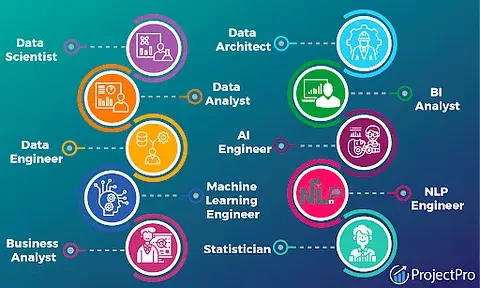
15 Essential Tips for Crafting Data Science Job Descriptions
A data science job description should include more than just a boring list of requirements. It should show off your company culture and mention chances for growth. This can help attract potential candidates.
Use these important tips to change your job postings from standard templates into strong invitations for top data science talent. Keep in mind that a good job description is an important step for the future of your data-focused projects. 61% of applicants consider the salary range to be the most important element of a job description, highlighting the need for transparency in compensation details.
Understand the Role: Data Analyst vs. Data Scientist
Understanding the difference between a Data Analyst and a Data Scientist is very important when you create your job description. Both jobs work with data, but their tasks are not the same. A Data Analyst usually looks for useful insights from existing data using tools like SQL and Excel. They perform data analysis and make reports.
In contrast, a Data Scientist takes a more advanced approach. They can build machine learning models to forecast future trends or create algorithms to tackle tough business challenges. Data Scientists also often help in developing new data-driven products or services.
By clearly defining the role in your data science team, you will attract the right people who have the skills and experience you need. Research shows that 47.4% of data scientist roles specifically require a data science degree.
Highlight the Importance of Data-driven Decision Making
Highlight the importance of data analysis and making decisions based on data in your organization. Explain how the data science team helps meet strategic goals and affects business results.
Show how this team works with business partners in various departments to understand their issues and offer solutions based on data. By showing the benefits of their work, you bring in people who care about using data to create change.
Also, remember that data professionals do their best work in places where their ideas are respected and lead to real results. Studies indicate that companies emphasizing data-driven decision making in their job descriptions receive 15% more qualified applicants.
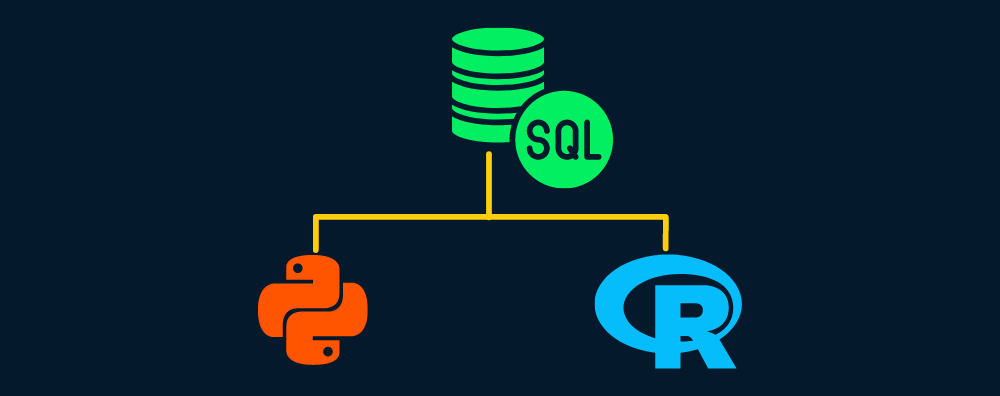
Specify Technical Skills: Python, R, SQL
In data science, it is very important to have strong technical skills. Be clear about the main skills needed. You should mention skills in programming languages like Python or R. It’s also important to say what level of expertise is needed in SQL for working with data.
You can mention any preferred experience with specific libraries or frameworks. Tailor these needs to the specific role and your company’s tech stack. While it may seem good to list all skills, it is better to focus on the most important ones. This way, you can make the application process easier.
This method helps to ensure that candidates have the basic technical skills needed to succeed in your data environment. Recent data shows that Python was explicitly mentioned in 78% of data scientist job offers in 2023, while SQL was mentioned in 60% of postings.
Emphasize on Data Visualization Tools: Tableau, PowerBI
Data visualization is very important for sharing insights clearly. It is vital to show complex data in a way that is easy to understand and appealing. Using data visualization tools at your organization is helpful. Tools like Tableau and Power BI are popular choices. Knowing how to use these tools shows that a candidate can change data into visuals that people can use. This helps connect technical analysis with business stakeholders.
Detail the Analytics Tools: SAS, SPSS
In addition to programming languages and visualization tools, please list any experience you have with statistical analysis software. Software like SAS and SPSS are often used for detailed statistical modeling and data mining.
When you mention these requirements, applicants can decide if they fit based on their knowledge of your analytical tools. This also shows potential hires that your company values data analysis by using both programming and statistical software.
It is important to give a clear picture of your technical environment in the job description. This helps attract the right talent.
Outline Expectations for Machine Learning Proficiency
If your job involves machine learning, it is important to define the needed skills. You should mention any experience with machine learning algorithms, techniques, or libraries that relate to your work.
For example, saying that knowledge of supervised learning, unsupervised learning, or deep learning techniques is good can help. But, make sure your expectations are realistic based on the position’s level.
A clear outline of what you expect in machine learning can help draw in people who really want to work in this area and have the right skills.
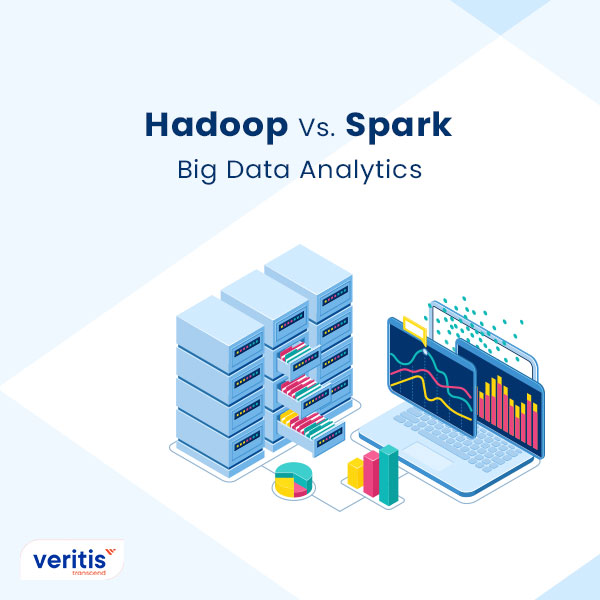
Demand for Big Data Technologies: Hadoop, Spark
Handling large datasets is very important in data science. If your company deals with big data, it helps to list the right technologies. You could mention platforms like Hadoop or Spark. Any experience with distributed computing can be a good addition to your job description.
Stating these needs will attract people who have the right technical skills. It also shows that your company values big data for gaining insights and new ideas.
By clearly sharing your big data setup and what you expect, potential candidates can see if their skills match your needs.
Include Requirements for Statistical Analysis
A strong knowledge of statistical analysis is very important for most jobs in data science. It’s crucial to use statistical methods to look at data sets and make good conclusions. You can talk about specific areas like testing ideas, regression analysis, or probability theory.
Focusing on these topics shows your commitment to careful data analysis. It can attract people who value accurate statistics in their work. By clearly listing what you need in statistical analysis, you make sure applicants have the right background and skills.
This way, you will get candidates who can find meaningful insights and give strong data-driven advice with confidence.
Stress on Communication Skills for Insights Presentation
While technical skills are important, it is just as important to communicate insights well. You should highlight the need for good communication skills, both in writing and speaking.
It is essential to present complex findings clearly and simply to both technical and non-technical stakeholders. Creating reports, presentations, or data visualizations for different audiences shows this need even more.
By focusing on the importance of communication, you can attract candidates who can turn data into useful insights. This helps everyone make better decisions in the organization.
Mention the Necessity for Data Wrangling Abilities
Data seldom comes ready for analysis. It’s important to have skills in data wrangling. This means you need to know how to clean and change messy data sets for analysis.
Sharing your experience with data cleansing is useful. Talk about how you handle missing values and deal with different data formats. Showing you understand these real-world issues can attract candidates who are good at preparing data.
This way, you can find people who are skilled at analysis and also know how to get data ready for the best results.
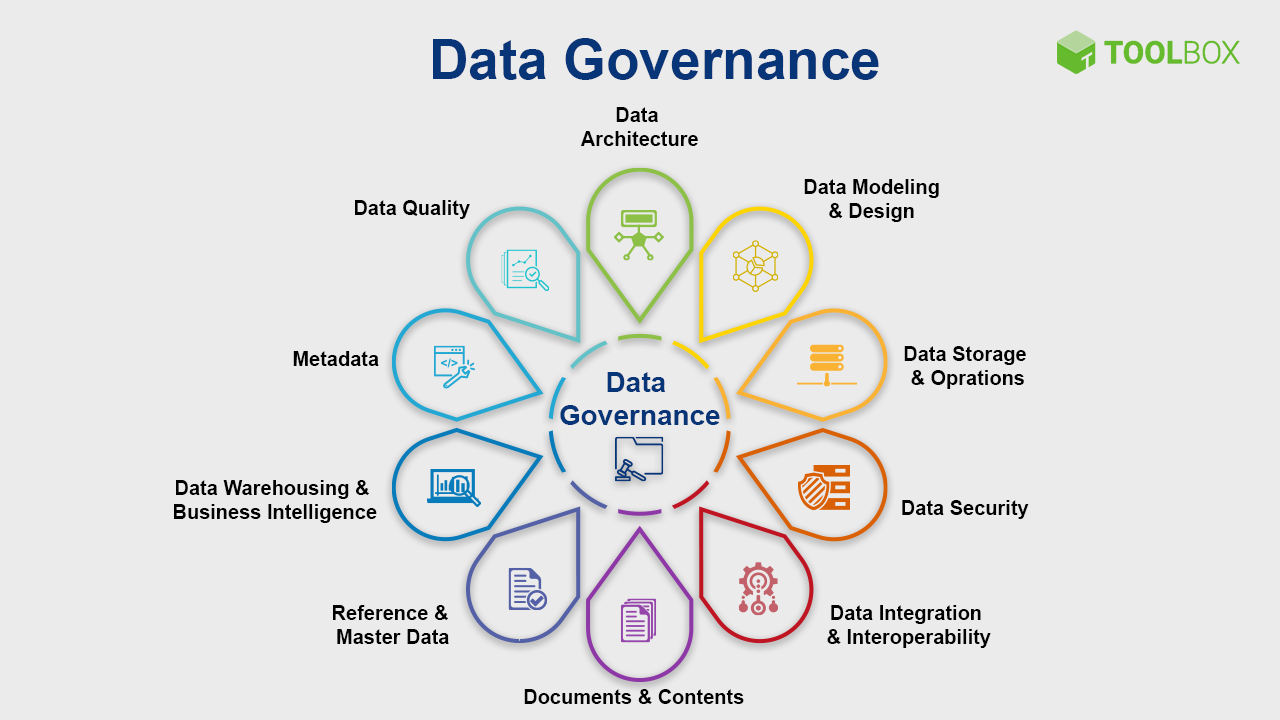
Clarify the Role of Data Governance and Ethics
In today’s world where data is very important, being ethical is essential. You should include how your organization handles data governance and ethics in the job description. Mentioning that you follow rules and standards shows you care about using data responsibly.
You can also point out any internal rules about data privacy and security. This shows your commitment to handling data in an ethical way. Sharing information about data governance and ethics helps attract candidates who share your values. These candidates will also consider the impact of data science on society.
This way, you help create a culture of responsible data use in your organization.
Specify Educational Qualifications and Certifications
Clearly mention the needed educational qualifications. This could be a bachelor’s or master’s degree in fields like computer science, statistics, or mathematics. You can also list preferred areas of study to help narrow down your applicant pool.
Don’t forget to include any desired certifications. These could be for specific cloud platforms, programming languages, or analytics tools. Certifications show a commitment to learning and are good additions to a candidate’s profile.
By clearly stating the educational qualifications and certifications, you help potential candidates see if they meet your requirements. This way, you attract those with a strong academic background.
Include Experience with Cloud Platforms: AWS, Azure
Cloud computing plays an important role in data science work. It is good to have experience with cloud platforms like AWS or Azure. You might want to mention specific services or tools that fit your organization’s setup.
For example, talking about your experience with AWS S3 for storing data, AWS EC2 for computing, or Azure Machine Learning Studio can help attract people who know your cloud system.
Being clear about your cloud platform preferences will help you find candidates who can easily fit into your existing setup.
Explain the Significance of CRM Platforms like Salesforce
If your organization depends a lot on customer data, saying you have experience with CRM platforms like Salesforce is important. You should show how using customer data analysis helps reach business goals. This could mean better managing relationships with customers, improving marketing campaigns, or customizing user experiences.
Mention any specific skills you want related to Salesforce tools or connections you use for your data tasks. By stressing the importance of CRM platforms, you can draw in candidates who want to use customer data for business growth and new ideas.
This method works especially well for tech companies and those focused on customers.
Enhancing Your Job Postings for Better Visibility
A good job description works best when it reaches the right people. Increase the visibility of your job postings by using online platforms, professional networks, and specific keywords.
Keep in mind, to attract the best talent, you need to be active in your recruitment marketing. Optimize your job postings for the best reach and impact. This will help them stand out in the busy data science job market.
Utilizing Keywords for Search Engine Optimization
Incorporate important keywords in your job description to help it get found online. Look for common search terms used by data science workers and add them in your title, duties, and skills sections. You can use tools like Google Keyword Planner to find the right keywords for your area and industry.
For example, including words like “machine learning,” “data analysis,” “Python,” or “SQL” in your job description can help it show up in related search results.
Optimizing your job postings for search engines is important. It helps ensure that they reach more qualified candidates. Research indicates that job postings with relevant keywords can increase visibility by up to 60%, leading to a larger pool of qualified applicants.
Importance of a Clear Job Title
Your job title is the first thing potential applicants will see. Make sure it is clear and accurate. The title should show what the role includes and its level of responsibility. Using general titles like “Data Scientist” is not as effective as using specific ones. Titles such as “Senior Data Scientist – Machine Learning” or “Data Analyst – Marketing Analytics” are better.
A good title explains the job’s purpose. It helps draw in people with the right skills and goals.
Remember, a strong job title is important for getting attention. It encourages potential candidates to find out more about the job. According to a recent study, job postings with specific and accurate titles receive 30% more clicks and applications compared to those with vague or generic titles.
Writing an Engaging Job Description Introduction
The start of your job description should grab the reader’s attention. You want them to be interested and eager to learn more. Begin with a strong opening paragraph that shows the exciting parts of the role and your company.
Instead of using common phrases, show off your company culture, goals, or any special projects the data science team is working on. A great introduction can really impact whether a candidate wants to spend time on their cover letter and apply for the job.
A good opening is important. It sets the tone for the whole job description and can help attract the best talent. Research shows that job postings with engaging introductions receive 17% more applications, and candidates spend an average of 14% more time reading them.
Benefits and Perks to Highlight
Attract the best talent by showing off what your company offers. It’s good to not just list the benefits but to highlight the ones that are especially appealing to data science professionals. Here are some key points to focus on:
- Opportunities for professional development: Talk about access to conferences, training programs, or internal workshops. This encourages ongoing learning.
- Flexible work arrangements: Share options like remote work, flexible hours, or shorter workweeks. Many data science professionals value work-life balance.
- Generous compensation and benefits packages: Clearly spell out salary ranges, stock options, health insurance, and retirement plans. This is important for attracting candidates who want good pay.
Making these attractive features clear can help candidates who are looking at different job postings make their choices. A Glassdoor survey found that 60% of job seekers consider benefits and perks to be a major factor in their decision-making process, with 80% of employees preferring additional benefits over a pay raise.

Attracting the Right Talent
Finding the right fit for your data science team goes beyond just skills and experience. It’s also about showing off your company culture, values, and chances for growth. You need to explain what makes your organization a great place for data science professionals to succeed.
By focusing on these things, you can attract people who truly care about your company’s goals and share your view on making decisions based on data. Keep in mind that finding the right talent means building long-lasting connections and creating a team that helps your organization succeed. 86% of job seekers consider a company’s culture before applying for a position, highlighting the importance of showcasing your organizational values.
The Role of Company Culture in Job Descriptions
Company culture is very important for getting and keeping data science talent. In your job description, share what your work environment is like. Point out good things like teamwork, chances for new ideas, and support for work-life balance.
Don’t hesitate to show your company’s unique traits. It might be fast-moving and lively or more geared toward research and development. Discussing these features can really make a difference when looking for data science jobs at large companies where fitting into the culture is key for candidates.
A strong match between your company and potential hires helps with job satisfaction and keeps employees longer. Research shows that companies with strong cultures see 72% higher employee engagement rates compared to those with weak cultures.
Defining Career Growth and Learning Opportunities
Data science workers often want to learn more and grow in their careers. In your job description, make sure to explain how your data team can help them grow. Talk about chances for mentorship, exciting projects, and clear ways to get promoted.
Also, mention any programs that support professional growth. This could include online courses, attending conferences, or training sessions. By showing that you care about employee development, you can attract people who want to build long-term careers with you.
By sharing growth opportunities, your company can seem like a good place to invest in a person’s professional path. This will make your job listing more interesting to people looking to advance in data science. A study found that 94% of employees would stay at a company longer if it invested in their career development, emphasizing the importance of highlighting growth opportunities.
Showcasing Projects and Technological Innovations
Show excitement by showing off what your data science team has done in the past. Talk about cool projects, new algorithms, and successful products that used data.
If you can, share numbers to show how much these efforts helped the company reach its goals. You can also mention working together with other teams, like product managers or engineers, to show that you work well with others.
Highlighting successful projects not only draws in people who want interesting work but also helps position your organization as a leader in the industry. According to a survey, 78% of data scientists say they are more likely to apply for a job that showcases innovative projects and cutting-edge technologies.
Partnering with Educational Institutions for Talent Pipeline
Building a robust talent pipeline is essential for long-term success in data science. Consider establishing partnerships with educational institutions to access a pool of promising graduates.
Here are a few ways to engage with educational institutions:
|
Partnership Idea |
Description |
|
Internship Program |
Offer internships to students seeking practical experience in data science. |
|
Guest Lectures |
Share your industry expertise and insights with students through guest lectures or workshops. |
|
Career Fairs |
Participate in career fairs to network with potential candidates and promote your organization. |
By actively engaging with students and recent graduates, you create a sustainable talent pipeline and position your organization as an employer of choice for aspiring data scientists. Studies show that companies with strong university partnerships hire 25% more qualified entry-level candidates and reduce their time-to-hire by 30%.
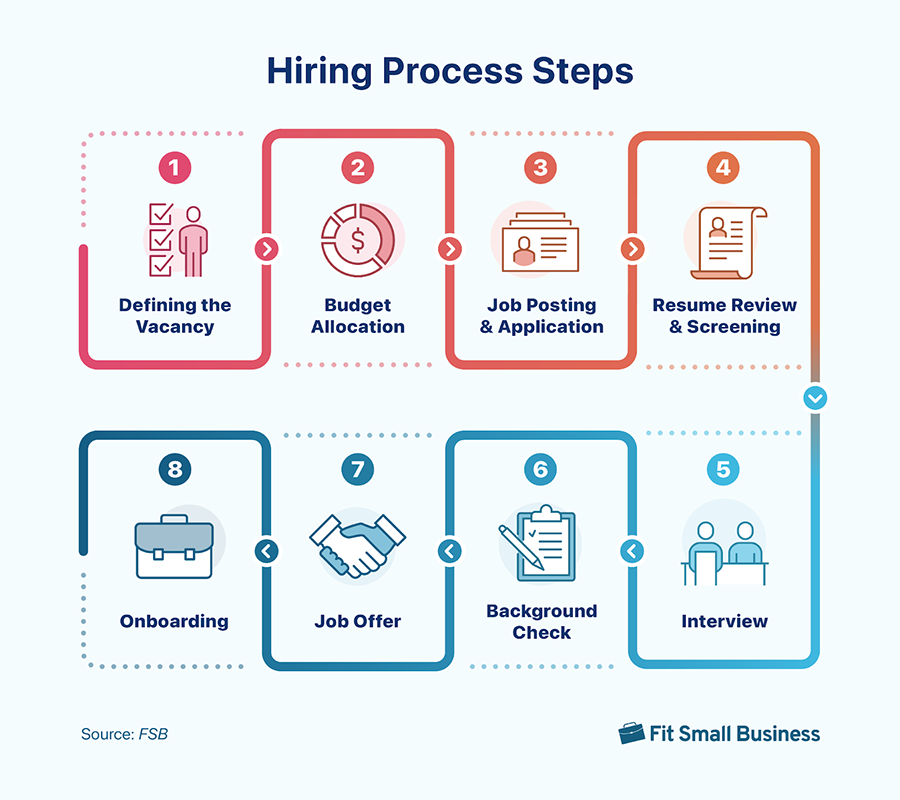
The Selection Process: From Application to Hire
A clear and effective selection process makes hiring easier. It also gives a good experience to candidates. Using good methods for screening, interviewing, and assessing helps you find the right people for your company and the job.
A well-organized selection process helps you use your time and resources smartly. This way, you can make successful hires in a timely manner. On average, it takes about 23 days for an interview process to finish, emphasizing the need for an efficient selection process to secure top talent quickly.
Screening for the Best Fit: Application Review Techniques
Screening applications well is important when you have many candidates. Use clear standards to check resumes, cover letters, and portfolios. Focus on relevant experience, technical skills, and how well a candidate fits with your company’s culture.
You can use Applicant Tracking Systems (ATS) to make the first screening easier. These systems sort candidates based on keywords and requirements. Also, use the early assessments or coding problems to test technical skills. This way, you only allow candidates who meet the basic needs to move on to the interview stage.
By creating a strong screening process, you can find the best candidates and use your resources wisely.
Interviewing for Technical and Soft Skills
- Make your interview process check both technical skills and soft skills.
- Use a mix of behavioral questions, technical tests, and case studies. These will help you see a candidate’s problem-solving skills, how they communicate, and if they fit your company culture.
- For technical skills, give coding challenges, data analysis tasks, or whiteboarding sessions. This way, you can see how well they know programming languages, algorithms, and data manipulation.
- For soft skills, watch for teamwork, communication, adaptability, and problem-solving. These skills are important for success in a team-based data science setting.
By using this varied way to interview, you will understand a candidate’s skills better. You will also see if they can do well in your company. Structured interviews can increase the accuracy of hiring decisions by 47%, making them a valuable tool for assessing both technical and soft skills.
The Role of Technical Assessments in the Hiring Process
Technical assessments are helpful for understanding a candidate’s skills beyond what is on their resume or in interviews. Make these tests relevant to the job by focusing on skills like programming proficiency, data analysis, or machine learning.
Use sites that offer standard coding tests, data analysis problems, or machine learning activities to check their knowledge and problem-solving skills. Add these tests smoothly into your hiring process. You can use them before interviews or during the interview itself.
By including these fair measures, you can learn more about a candidate’s technical skills and how they can use their knowledge in real-life situations.
Finalizing the Offer: Negotiation and Expectation Setting
Once you find your perfect candidate, be clear when making the job offer. Share the salary, benefits, and other important details. This helps ensure both sides are on the same page.
Be open to discussions, especially about salary, but stick to your organization’s rules and pay structure. Clearly explain what you expect from the role, like goals for performance, how team members should work together, and chances for growth in their career.
Keep in mind that closing the offer is not just about agreeing on terms. It is also about starting a good and helpful working relationship. Nearly 90% of job seekers will accept a job offer faster when a recruiter contacts them, underscoring the importance of clear and prompt communication during the offer stage.
Leveraging Social Media and Professional Networks
Expand your reach beyond regular job boards. You can do this by using social media and professional networks. Platforms like LinkedIn, Twitter, and even Facebook are great for sharing job openings. They also help you talk to potential candidates. You can build your organization’s presence in the data science community this way.
To attract top talent, you need to be active and use different methods. Use both online and offline ways to connect with amazing data science professionals. 79% of job applicants use social media in their job search, highlighting the importance of a strong social media presence for recruiters.
Promoting Job Openings on LinkedIn
LinkedIn is a great place to share job openings and meet potential candidates. You should improve your company page to show off your brand, values, and workplace. Post interesting content about data science, industry trends, and your group’s projects. This can help you gain followers and establish leadership in your field.
Use LinkedIn’s job posting tools to create attractive job listings. Focus on key duties, qualifications, and perks of the job. Ask your employees to share these posts with their networks to reach more people.
Feel free to reach out to potential candidates directly. Use personalized messages to show your interest and start a conversation. You can also use LinkedIn’s recruiter tools. These can help you find candidates with the skills and experience you need. This makes it easier to find the right fit for your team. LinkedIn statistics show that 40 million people use the platform to search for jobs weekly, and 50% of college graduates in the U.S. are active LinkedIn users.
Using Twitter and Facebook for Recruitment Marketing
Twitter and Facebook are often not used for finding new employees, but they can really help reach potential candidates. You should create interesting content that shows your company culture, points out job opportunities, and shares knowledge about data science.
Use the right hashtags to help more people see your posts. For instance, hashtags like #DataScience, #MachineLearning, or #Analytics can help you connect with people who are excited about these subjects.
Make sure to change your message style for each platform. Keep your posts short and engaging on Twitter, and make them more detailed and visually appealing on Facebook. Join in on discussions, share articles, and take part in conversations about the industry. This will help promote your organization in the data science community.
Engaging with Industry Forums and Communities
Actively joining online industry forums and communities can help your recruitment efforts. Join discussions that matter, share what you know, and meet data science professionals who care about the same topics.
Websites like Reddit, Stack Overflow, and specific data science forums are great places to connect with potential candidates and learn about industry trends.
Don’t forget, getting to know people in your field can lead to good connections and possible referrals. This can improve your recruitment efforts beyond just regular job postings.
The Impact of Employee Referrals in Sourcing Candidates
Employee referrals are important for finding candidates that fit your company’s culture and values. Encourage your data science team to suggest qualified people from their networks. Set up a clear referral program with rewards for successful hires to boost interest.
Share open positions clearly with your employees. Give them the tools they need to inform their contacts about these chances. Talk about the benefits of joining your data team, like career growth, exciting projects, or a friendly work environment. This can lead to more referrals.
Keep in mind, building a culture of hiring from within will help you discover talented people. It will also improve team relationships and create a strong sense of community in your company. Employee referral statistics reveal that referrals have the highest applicant-to-hire conversion rate, with 40% of new hires coming from referrals despite only 7% of applications being from this source.
Conclusion
In conclusion, writing data science job descriptions needs careful planning. You should know the different roles and focus on important skills. Make sure to mention key areas like data visualization tools, analytics, and machine learning expertise. This will help you attract top candidates. Also, improve your job postings by using SEO-friendly keywords, clear job titles, and engaging introductions. Don’t forget to show the benefits of the job. Using social media, professional networks, and employee referrals can help improve your recruitment. By following these important tips, you can create better job descriptions. This will help you find the right candidates and make the hiring process smoother in data science.
References
- https://medium.com/tag/towards-data-science
- https://medium.com/business
- https://towardsdatascience.com/selenium-tutorial-scraping-glassdoor-com-in-10-minutes-3d0915c6d905
- https://www.themuse.com/advice/3-steps-to-a-perfect-informational-interview
- https://www.themuse.com/advice/how-to-write-a-cover-letter-31-tips-you-need-to-know
- https://github.com/jlevy/og-equity-compensation/blob/master/README.md
- https://www.glassdoor.com/employers/blog/the-beginners-guide-to-candidate-personas/
- https://www.themuse.com/advice/how-to-quantify-your-resume-bullets-when-you-dont-work-with-numbers
- https://www.glassdoor.com/

